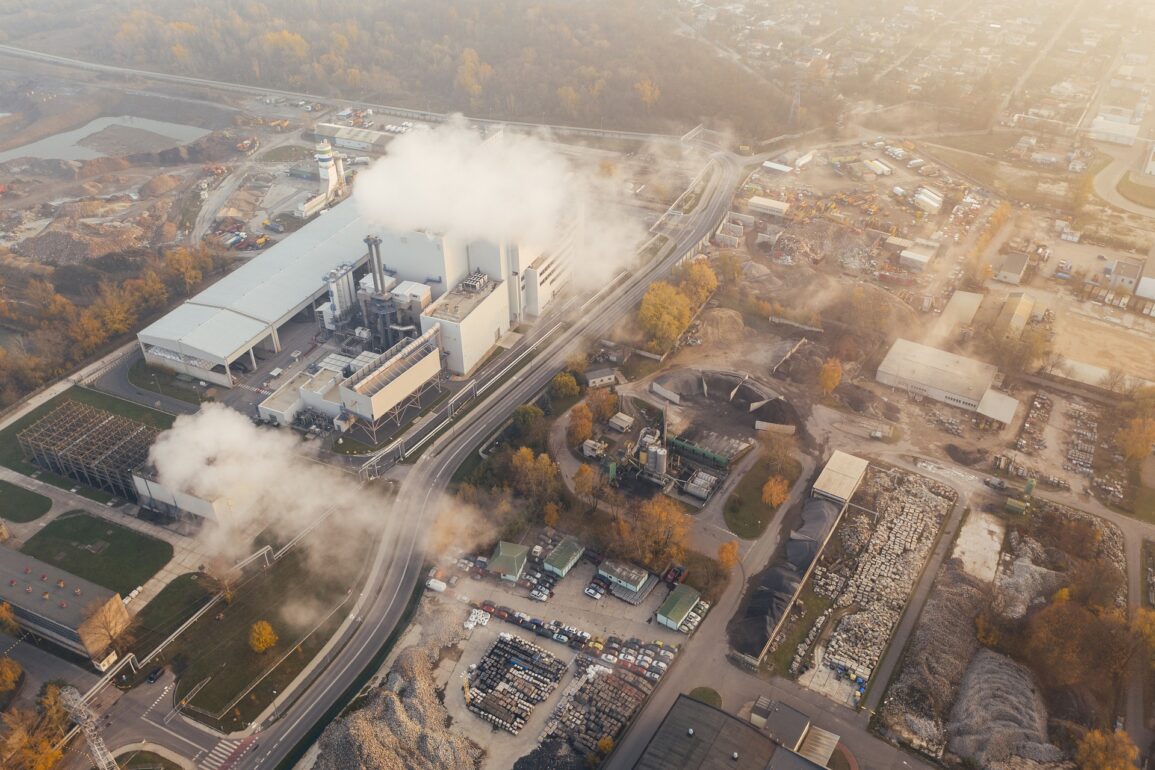The heating season may be over, but our eyes are already wandering towards the coming winter. In this article, you will find daily and weekly updated data on gas supply in Germany – from the filling level of gas storage facilities to gas consumption and imported volumes.
Gas Storage Facilities: How Many Reserves Does Germany Have?
Germany survived the past winter with well-filled gas storage facilities, not least due to particularly warm weather. The target of at least 40 percent fill level by February 1 was achieved.
To prevent a gas shortage next winter as well, Germany’s gas storage facilities must be full again – even though Russia is now supplying little gas to Germany. The following graphic shows the daily updated fill level of the German gas storage facilities:
Full storage facilities are basically good news. But without additional supplies from other countries, Germany would only be able to get by for about two average winter months with completely full storage facilities. The storage facilities can store a maximum of 255 terawatt hours – on average, Germany has consumed a total of 243 terawatt hours in January and February in recent years.
The more heating is needed and the more industry operates its plants, the more the gas storage facilities empty. Among other things, the import of liquefied natural gas via new LNG terminals in northern Germany should help fill the storage facilities. The following graphic shows how the filling level changes. Values above zero mean: The storage facilities are filling up. Values below zero: They are emptying.
Average Gas Consumption In Germany
Although storage facilities are currently much fuller than at the same time in previous years, Germany must save gas. Otherwise, there could be a gas shortage.
The following overview shows how much Germany as a whole, households and commerce, and industry consumed in the most recently reported calendar week compared with previous years.
— What happens in the event of a gas shortage?
— If there is too little gas in winter, the German government can declare the emergency stage of the “Gas Emergency Plan”. In this case, the Federal Network Agency intervenes in the market and distributes the scarce gas volumes.
— Who is considered a “protected customer” in a deficiency situation?
— In a gas shortage situation, certain consumers are considered protected customers. They are not the first to have their gas turned off because their vital needs are higher than in other areas. Nevertheless, the Federal Network Agency can also order these consumers to take less gas. Private pools or saunas are not considered vital needs. Protected customers include:
- Households;
- Kindergartens, schools, universities;
- Hospitals, doctors’ offices, retirement and nursing homes;
- Electricity and water suppliers and waste disposal companies;
- Fire departments, THW and rescue services;
- Public administration;
- Police, judiciary, NATO and the German armed forces.
For non-protected customers, the vital demand is lower, which is why gas tends to be rationed first for them. However, there are also vital needs for industrial customers, for example, which the Federal Network Agency takes into account in the event of a gas shortage – for example, in the manufacture of medicines.
Household Gas Consumption
Even if gas prices are now significantly lower than last winter: The cost of energy is higher than before Russia’s attack on Ukraine. They are driving inflation and putting a strain on people. Politicians have agreed on a number of relief measures – for example, a gas and electricity price brake or a 49-euro ticket.
Average Gas Consumption Of Industry
Industry also consumed less than in previous years. Industry or large-scale consumers are defined as the approximately 40,000 customers whose consumption is measured continuously using so-called RLM meters – these are typically customers who use more than 1.5 gigawatt hours of gas per year.
Everything else falls under “households and commercial” – so their consumption is not metered, but calculated based on the amount of gas metered in the entire network minus industrial use.
How Much Gas Will Germany Receive?
For a long time, Germany received most of its gas supplies from Russia.
- But even before the war of aggression on Ukraine, Russia reduced its gas supplies to Europe via the Yamal pipeline, and since spring 2022 nothing has been flowing at all.
- Since September 2022, no more gas has arrived in Germany from the Nord Stream 1 Baltic Sea pipeline either. Russia had already cut supplies through Nord Stream 1 in the summer. First to 40 percent due to alleged technical problems, later to 20 percent after routine maintenance, and now to 0 percent.
- At the end of September 2022, there were attacks on both Nord Stream 1 and the Nord Stream 2 pipeline, which did not come on stream.
Germany is now replacing Russian gas with supplies from other countries. Germany currently imports most of its gas from Norway, the Netherlands and Belgium. Belgium and the Netherlands are home to large ports where ships land the liquefied natural gas (LNG). From the ports, the gas reaches Germany via pipelines.
The following chart shows the net quantity arriving in Germany – i.e. imports minus the significantly lower exports. Germany produces only a small amount of gas itself – most recently around 100 gigawatt hours per day. By comparison, Germany imports more than ten times as much from Norway.








